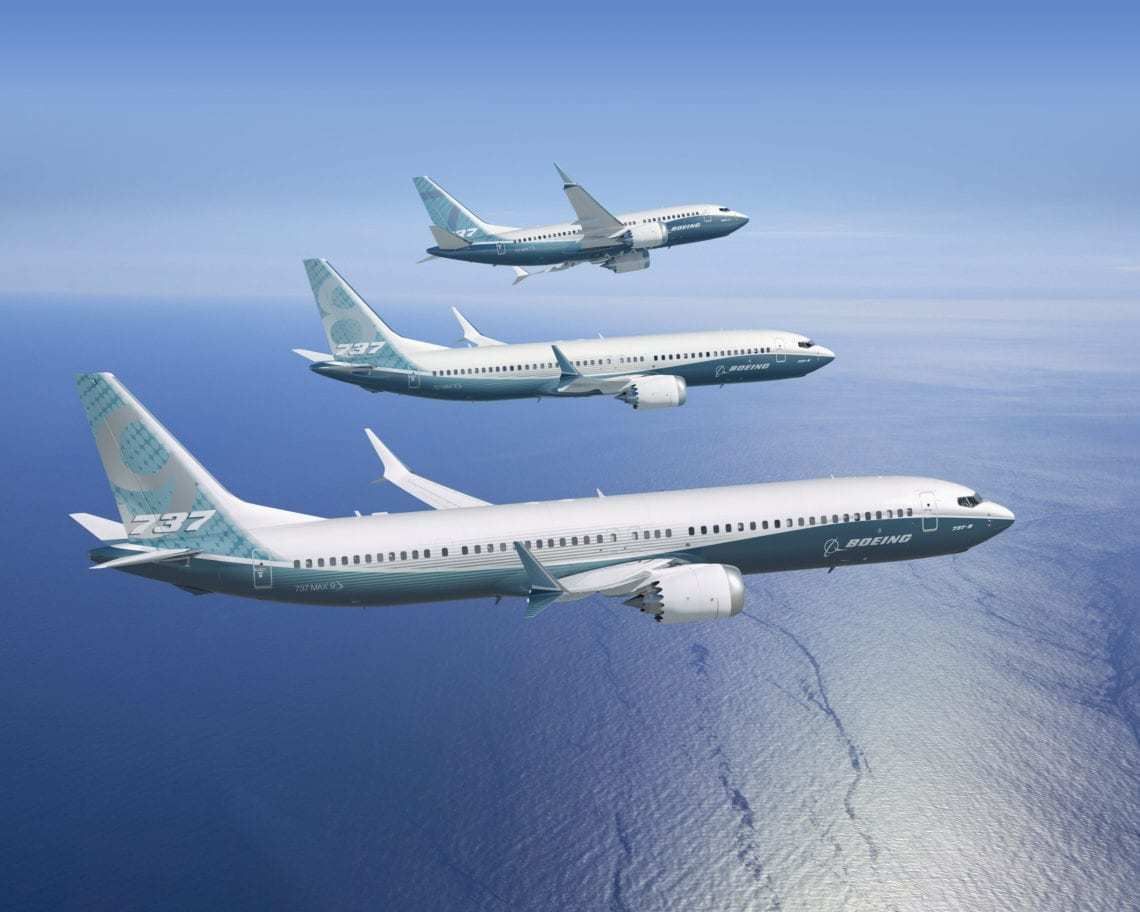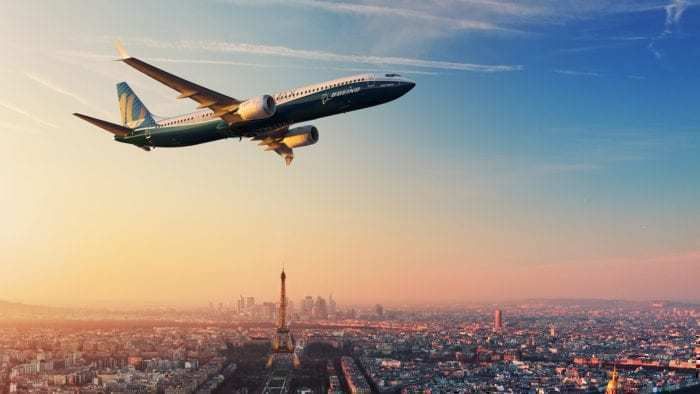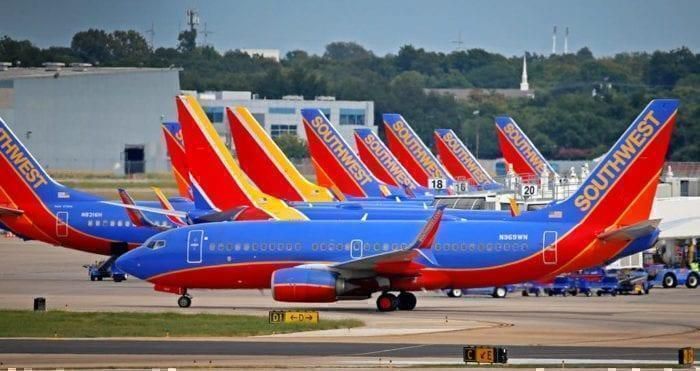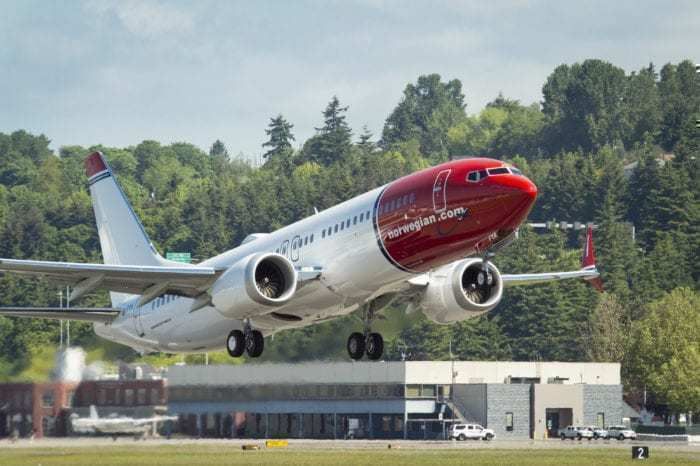With airlines already tentatively adding the MAX back into schedules from August, Simple Flying are pondering how realistic this is. Although re-certification could be complete, at least by the FAA, by this time, what other challenges need to be overcome before the MAX can fly again?
Airlines will be very grateful to see the MAX return to service. This summer is anticipated to be one of the busiest in aviation history, and the fact that numerous airlines are missing a significant part of their fleet is not going to make it easy.
American Airlines, Southwest, TUI and others are all missing aircraft they anticipated having in service by this summer. Ryanair, in particular, will be lamenting the absence of their special 200 seat 737 MAX over the summer schedule. It remains to be seen how the lack of the aircraft will impact summer flight prices.
However, Boeing and the FAA are working hard to get the problems ironed out. But is that all they need to do? Aside of software, training and physical fixes, there are clearly some big and scary additional challenges facing the return of the MAX.
Public perception
Probably the hardest of all nuts to crack is the public opinion of the 737 MAX. Before the dual disasters of recent months, many air travelers would not have taken much notice of the equipment they were allocated, instead preferring to pick for low fare, convenience of timetabling of frequent flier perks.
One the MAX is back in service, however, it’s almost certain that passenger focus will be sharply turned onto the aircraft they are scheduled to fly on. This poses an issue for airlines; if passengers start turning away from their brand because of the type of aircraft they operate, it’s going to start costing them money.
According to Bloomberg, Boeing are looking at ‘brand rehabilitation’ to undo some of the damage that’s been caused to what was its bestselling plane. Muilenburg himself is reaching out to airlines for input on how to restore the tainted image of the MAX, not just with the passengers but with the pilots, flight attendants and airlines too.
Bringing the aircraft out of storage
MAX operators all over the world realized early on that the grounding was not going to be solved overnight. As such, most have sent their 737 MAXs to storage facilities, where possible choosing hot and dry places to minimize degradation.
However, the logistics of bringing lots of aircraft back into service all at once is not an easy problem to solve. According to the Boeing website,
“…returning a parked airplane to service after a lengthy downtime requires extensive restoration of its systems. While the airworthiness of an in-service airplane is proven, the airworthiness of an airplane after extended downtime must be certified before it resumes operations. As a result, the process for returning an airplane to service after extended downtime for maintenance or parking must include attention to controlled, repeatable maintenance processes.”
In the case of one or two planes returning to service after being parked up, there’s not too much of a challenge. However, for airlines such as Southwest, who had a large fleet of MAX in operation, finding enough hangar space, mechanics, spare parts and everything else is going to be a major headache. As such, it could be several months from the un-grounding of the MAX before they can return all of them to an operational state.
Re-integration of flight schedules
Although Boeing and the FAA are clearly making progress with the MAX, there’s no fixed date for return to service. According to CNBC, acting administrator for the FAA Dan Elwell, said:
“The last thing I want is to put a date out there for lifting the grounding”
Even when the FAA have certified the 737 MAX to be able to return to service, that doesn’t mean it can immediately start flying. Each individual country and aviation authority will also need to make its own inspections before they can approve it to fly, not just by their own operators but by other operators in their airspace too.
For airlines who are currently leasing extra planes or shuffling schedules to meet capacity demands, the not knowing is probably the worst part. Forward planning for schedules is usually undertaken months if not years in advance, so getting the 737 MAX worked back into schedules is going to present yet another logistical nightmare.
The re-certification of the MAX is the first hurdle Boeing’s troubled jet needs to overcome. But, clearly, there are many more hoops to jump through before it starts appearing on schedules once again. Although United, Southwest and American Airlines have tentatively planned to return the MAX to schedules by August, there’s a chance that they’re being somewhat over optimistic at this point in time.




